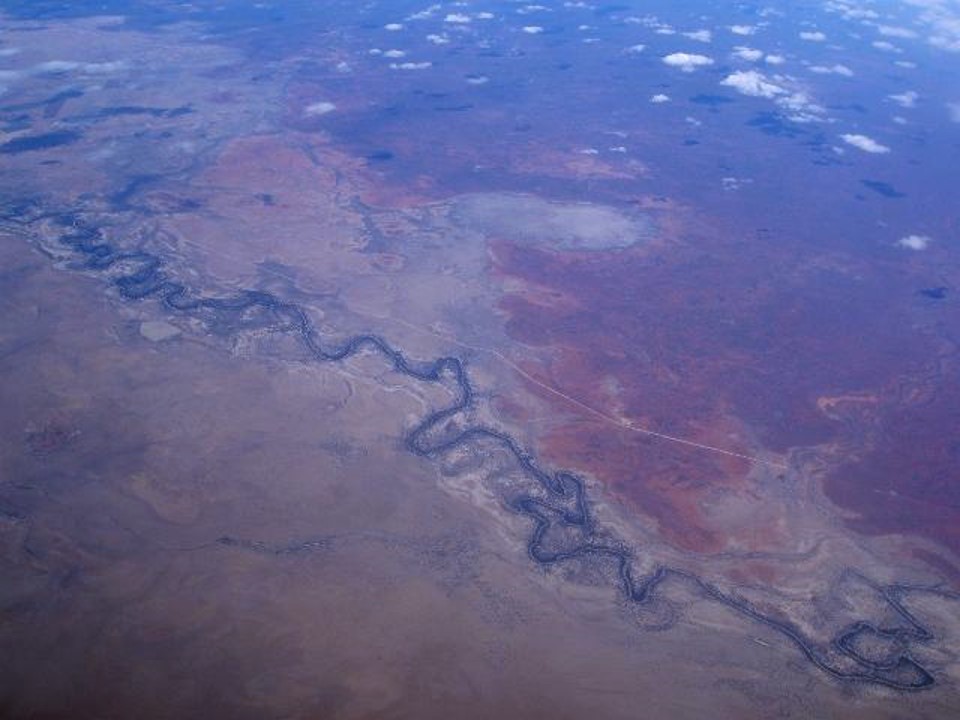
Providing healthy freshwater supplies is a priority for every country in the world. Drawing on research from the World Resources Institute, we identify 40 countries with extremely high levels of water consumption relative to their natural freshwater supplies to assess social economic stability and biodiversity. We find that the main causes of water scarcity is driven by a combination of poor water resource management, inadequate water infrastructure, weak international relationships and rising global demand for freshwater from businesses and consumers.
Data Sources: World Resources Institute: Ranking the World’s Most Water-Stressed Countries in 2040 by Andrew Maddocks, Robert Samuel Young and Paul Reig; World’s 36 Most Water-Stressed Countries by Paul Reig, Andrew Maddocks and Francis Gassert. Science of The Total Environment: The COP27 screened through the lens of global water security by Marília Carvalho de Melo, Luís Filipe Sanches Fernandes, Teresa Cristina Tarlé Pissarra, Carlos Alberto Valera, Adriana Monteiro da Costa, Fernando António Leal Pacheco.
The 40 countries presented below have withdrawn more than 65% of their freshwater supplies in 2020. The majority of these countries are located within the Middle East, Southern Europe and North Africa. This data summarises freshwater withdrawals but doesn’t cover water quality and pollution, that’s covered in another article. Overall, countries with high water-stress have low biodiversity, and countries with high social economic instability have weak international trade relationships with trade partners that could satisfy the structural deficit between freshwater supply and demand.
Water scarcity is often overlooked as one of the key factors contributing to social, economic and political stability. Without understanding water scarcity risk and water resource management in countries, many international investors and project financiers are exposed to hidden financial risks that can result in significant financial losses, government expropriation, contract termination, currency restrictions and transfer restrictions. These risks are severe in water-stressed countries with weak social economic integration and water resource management policies.
Changes in weather patterns and a lack of careful planning in water resource management management is causing increases in freshwater demand that exceed supply in many countries. In the most extreme example, the privatisation of water resources in Chile under the Pinochet dictatorship in 1980 and subsequent democratic transition has caused a water crisis in the country. Natural water resources were diverted to private agricultural farms and the nationalised mining industry, causing wildlife ecosystems to collapse and major rivers to run dry.
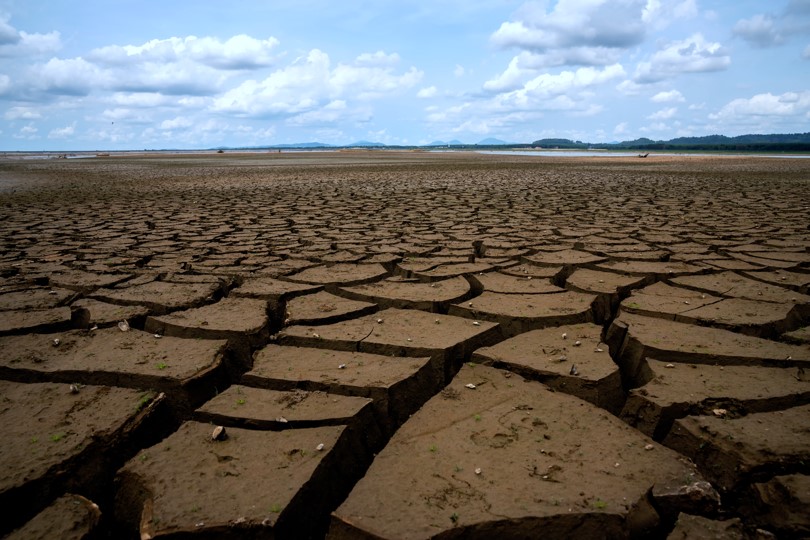
To address the imbalances in freshwater supply and demand it is essential for governments, businesses and people to work together to reduce excess freshwater withdrawals and increase the use of smart technologies to improve water management. This includes improving irrigation systems, developing new water treatment facilities and investing in environmentally friendly infrastructure to collect, store and consume freshwater more sustainably. Above all, it is important to increase public awareness and education about the importance of water conservation and sustainable water consumption.
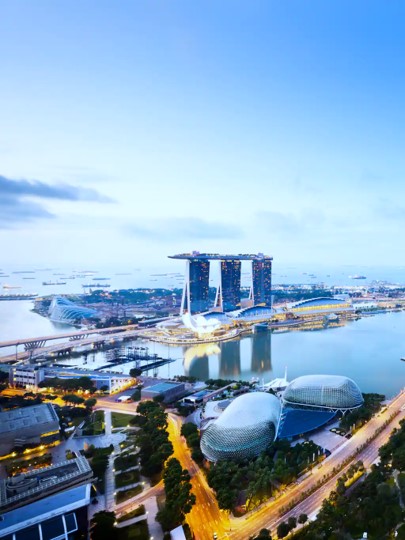
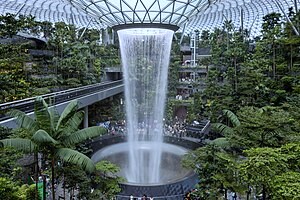
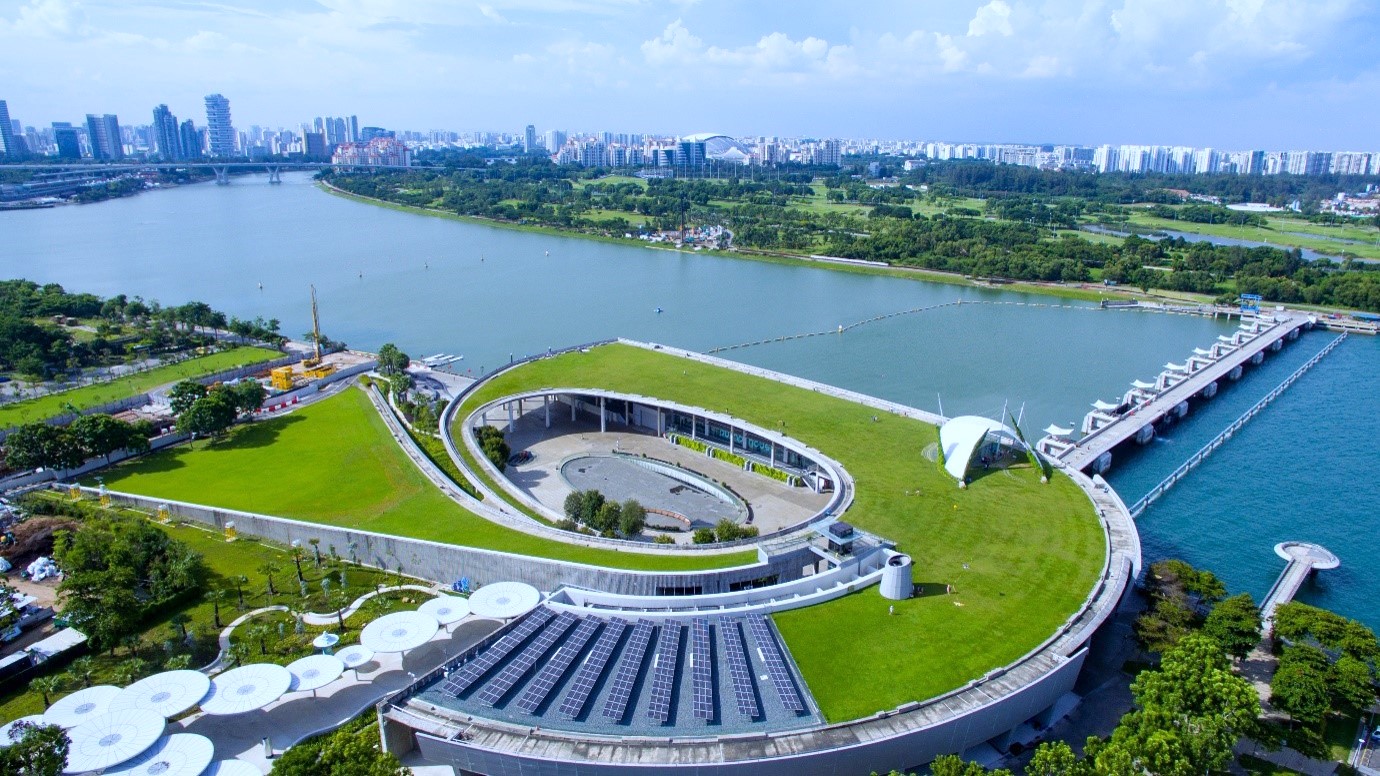
copyright Authentic Evidence Limited
Singapore has the second-highest level of water-stress in the world. Despite being a densely populated city state with no freshwater resources the country is an exceptional water and resources manager. Singapore invests heavily in smart infrastructure, industrial internet of things, international trade agreements, water conservation and education in responsible resource management. This allows it to meet its freshwater needs. Advanced rainwater capture systems contribute 20% of water supply, 30% is recycled, 40% is imported from Malaysia, and the remaining 10% is met by desalination processes.
To improve water security, governments, businesses and individuals can take a number of steps. These include improving water treatment facilities, investing in water conservation, decreasing water waste and deploying smart systems for water management. Furthermore, governments should prioritise water governance by enacting effective laws and rules to safeguard water supplies and incentivise companies and people to engage in water-saving practices. Investments in technology to improve water quality to support life must become a top priority to address climate change and food production.